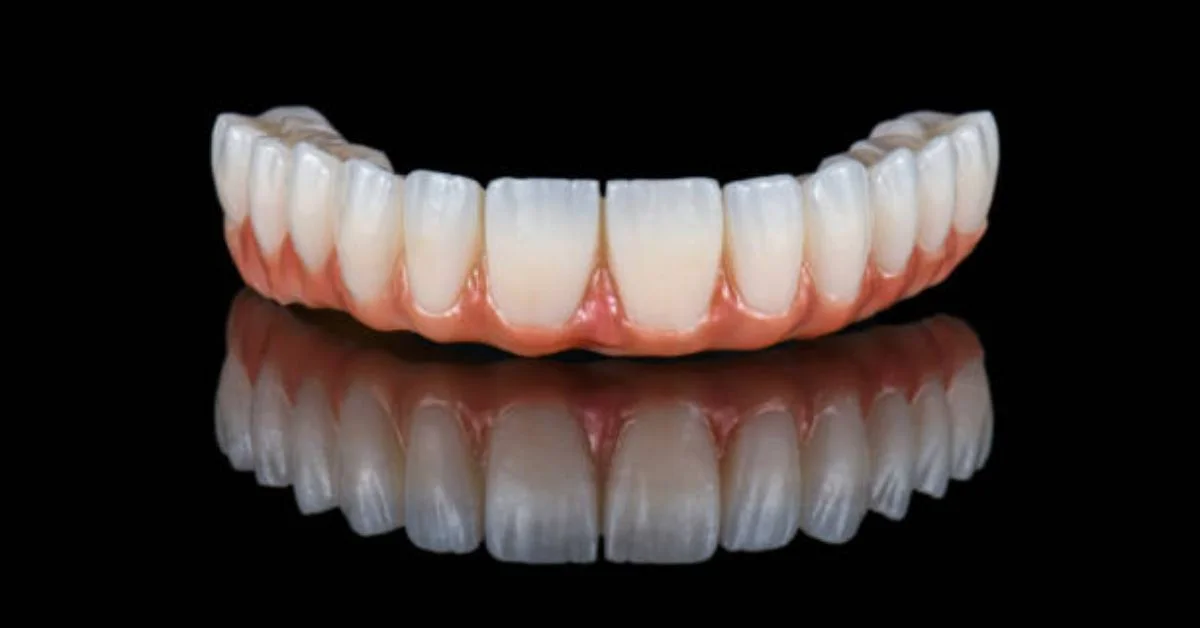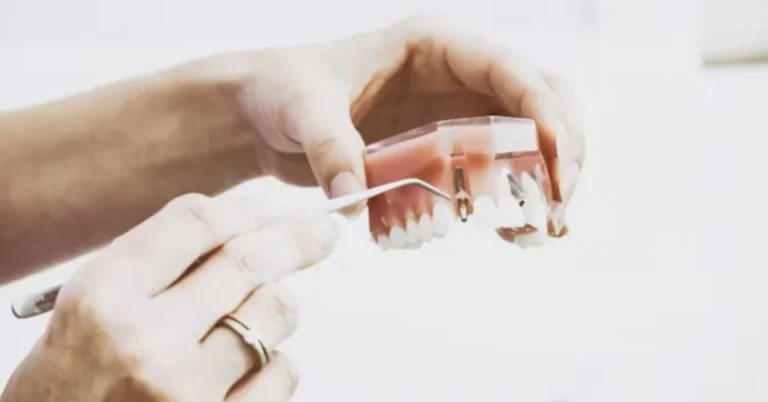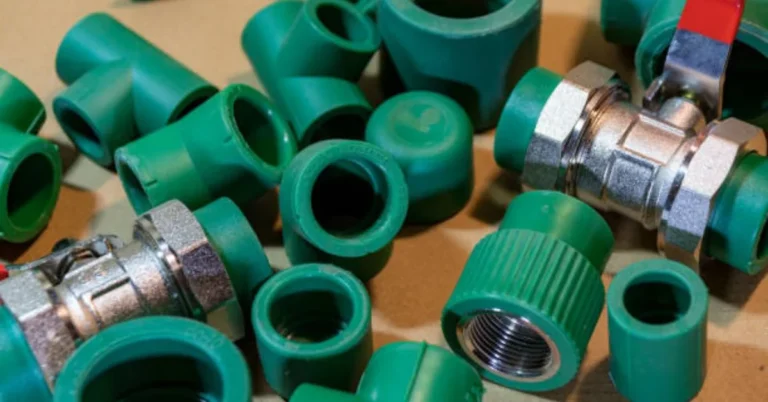
Dental technology has advanced significantly over the last few decades, providing patients with options that are more natural-looking, durable, and biocompatible than ever before. One of the standout developments in restorative dentistry is the zirconia bridge, a type of fixed dental prosthesis made from zirconium dioxide — a high-strength ceramic material known for its exceptional performance and aesthetic qualities.
A zirconia bridge is designed to replace one or more missing teeth by anchoring an artificial tooth or multiple teeth to neighboring natural teeth or dental implants. Unlike older options that relied on metals or less durable ceramics, zirconia offers a combination of strength and lifelike translucency, making it an attractive choice for patients and dental professionals alike.
In this in-depth guide, we’ll explore everything about zirconia bridges — what they are, how they are made, why they are chosen, the procedure for getting one, aftercare tips, potential drawbacks, and how they compare with other materials. This knowledge can help you make informed decisions about your dental health and understand what to expect if you are considering this form of tooth replacement.
Understanding the Zirconia Material
Zirconia, short for zirconium dioxide, is a type of ceramic that has been engineered for exceptional durability and resistance to wear. In dentistry, it has become a favored material because it is:
- Strong – Capable of withstanding the forces of chewing and grinding without cracking.
- Biocompatible – Unlikely to cause allergic reactions or adverse tissue responses.
- Aesthetically pleasing – Translucent enough to resemble natural tooth enamel, especially when layered with other ceramics.
- Corrosion resistant – Does not deteriorate in the moist environment of the mouth.
Originally used in orthopedics for hip replacements, zirconia’s safety and strength made it an ideal candidate for dental applications, leading to the development of crowns, bridges, and implant abutments made entirely or partially from zirconia.
What Is a Zirconia Bridge?
A zirconia bridge is a dental restoration made primarily or entirely from zirconium dioxide, designed to replace one or more missing teeth. It typically consists of:
- Pontics – Artificial teeth that fill the gap left by missing teeth.
- Abutments – The natural teeth or implants that serve as supports for the bridge.
- Framework – The structure made from zirconia that holds everything together.
Some zirconia bridges are monolithic, meaning they are milled from a single block of zirconia for maximum strength. Others are layered, with a zirconia core for strength and an overlay of porcelain for enhanced translucency and color matching.
Advantages of Choosing a Zirconia Bridge
There are several reasons why both dentists and patients might opt for zirconia bridges:
- Exceptional Strength and Durability – Zirconia is significantly stronger than many other dental ceramics, making it ideal for bridges that must handle chewing forces.
- Natural Appearance – High-quality zirconia can be shaded and polished to closely match surrounding teeth, creating a seamless smile.
- Biocompatibility – The material is well tolerated by gum tissues, reducing the risk of irritation or allergic reaction.
- Minimal Wear to Opposing Teeth – Properly polished zirconia is gentle on the teeth it contacts, unlike some metal-based restorations that can accelerate wear.
- Longevity – With proper care, zirconia bridges can last 10–15 years or longer, making them a worthwhile investment.
Disadvantages and Considerations
No dental material is perfect, and zirconia bridges do have some potential drawbacks:
- Cost – They are generally more expensive than metal-ceramic or all-porcelain bridges.
- Technique sensitivity – Proper manufacturing and fitting require advanced dental technology and skill.
- Repairs – If a zirconia bridge fractures (which is rare), repairing it can be challenging and may require a complete replacement.
- Aesthetics in Some Cases – While very natural-looking, monolithic zirconia may not have quite the same translucency as layered porcelain in highly visible areas.
When Is a Zirconia Bridge Recommended?
A zirconia bridge is typically recommended when:
- One or more teeth are missing in a row.
- The surrounding teeth are strong enough (or implants are placed) to support the bridge.
- The patient desires a highly durable, long-lasting solution with good aesthetics.
- The patient has a history of heavy biting forces or bruxism, making weaker ceramics less suitable.
The Procedure for Getting a Zirconia Bridge
The process for receiving a zirconia bridge generally follows these steps:
- Initial Consultation and Assessment
The dentist evaluates your oral health, takes X-rays, and discusses treatment options. This step ensures the surrounding teeth or implants are healthy enough to support the bridge. - Tooth Preparation
If using natural teeth as supports, they are reshaped to allow the bridge to fit securely over them. - Impressions and Digital Scanning
The dentist takes physical impressions or uses digital scanning technology to create an accurate model of your mouth. - Temporary Bridge Placement
A temporary bridge may be placed to protect the prepared teeth and maintain function while the permanent zirconia bridge is fabricated. - Fabrication in a Dental Lab
Using CAD/CAM (computer-aided design and manufacturing) technology, the zirconia bridge is milled from a solid block or constructed in layers. - Fitting and Adjustment
The dentist tries in the bridge, checks for bite accuracy, makes adjustments, and ensures comfort. - Permanent Cementation
Once the fit and aesthetics are confirmed, the bridge is permanently bonded in place.
Caring for a Zirconia Bridge
Good care habits are essential for maintaining the longevity of your zirconia bridge:
- Brush twice daily with a soft-bristled toothbrush.
- Floss daily, using floss threaders or interdental brushes to clean under the pontics.
- Schedule regular dental checkups to monitor the bridge and surrounding teeth.
- Avoid biting on hard objects like ice or pens to prevent potential damage.
- Wear a night guard if you grind your teeth.
Comparing Zirconia Bridges to Other Materials
Zirconia vs. Porcelain-Fused-to-Metal (PFM)
Zirconia is more aesthetic because there is no metal substructure to cause a gray line near the gums. It is also stronger and more biocompatible.
Zirconia vs. All-Ceramic (Non-Zirconia)
While other ceramics may be more translucent, zirconia offers superior strength, making it better suited for long-span bridges or high-bite-force patients.
Zirconia vs. Metal Bridges
Metal bridges are durable but lack the natural tooth-like appearance that zirconia can provide.
Longevity and Performance
With regular care and professional maintenance, zirconia bridges can easily last over a decade. Factors influencing lifespan include oral hygiene, bite forces, dietary habits, and whether underlying teeth remain healthy. Because zirconia is resistant to staining and corrosion, the bridge can maintain its appearance for many years.
The Role of Technology in Zirconia Bridge Fabrication
Modern zirconia bridges owe much of their success to CAD/CAM technology, which allows for:
- Precise digital design for accurate fit.
- Milling from high-quality zirconia blocks to reduce material flaws.
- Custom shading and surface texturing to mimic natural enamel.
This technological precision minimizes the need for manual adjustments and ensures a better long-term fit and comfort.
Potential Complications and How They Are Addressed
Though rare, potential issues can include:
- Loosening of the bridge due to cement failure.
- Chipping of layered porcelain over zirconia cores.
- Gum recession exposing the bridge margin.
Regular dental visits can catch and address these concerns early, preserving both function and aesthetics.
Conclusion
The zirconia bridge represents a significant leap forward in restorative dentistry, combining the strength needed for daily function with the beauty that makes dental work indistinguishable from natural teeth. While the cost and technical requirements may be higher than some other options, the longevity, comfort, and aesthetic results often make it a worthwhile choice for patients who value both durability and appearance.
By understanding the material, process, and care requirements, you can decide whether a zirconia bridge is the right choice for restoring your smile — and enjoy the confidence that comes with a restoration built to last.
FAQs About Zirconia Bridges
1. How long does a zirconia bridge last?
With proper oral hygiene and regular dental visits, a zirconia bridge can last 10–15 years or longer.
2. Is a zirconia bridge suitable for back teeth?
Yes. Its strength makes it ideal for molar regions where chewing forces are highest.
3. Will a zirconia bridge look natural?
High-quality zirconia can be shaded and polished to closely match your natural teeth for a seamless look.
4. Can a zirconia bridge stain over time?
Zirconia is highly resistant to staining, but good oral hygiene is still necessary to maintain its appearance.
5. Is getting a zirconia bridge painful?
The procedure is performed under local anesthesia, so you should not feel pain during tooth preparation or placement.
For more information, click here.







